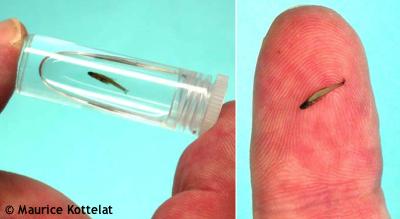 Guest Blog By Diane Hossick
Guest Blog By Diane Hossick
Back in the 1970s, the novelist Lawrence Durrell (brother of naturalist Gerald Durrell) presented a memorable BBC TV series entitled Spirit of Place. Beautifully shot, it matched Durrell’s inimitable use of language with landscape, flora, fauna, and people, focusing on European and North African places of great beauty: towns, villages, coast and countryside.
 The notion of spirit of place is one that has stayed with me ever since. What is it about a particular place that makes it unforgettable, leaving an indelible mark on your heart and your mind? It differs, I suppose, depending upon the location. The spirit that one senses in a fine city, such as Venice, is not what one senses in a wilderness. In a beautiful city, we are awed by the achievements of those who created it. We are struck by line, structure, vista and the way that people use and relate to the buildings that surround them and in which they live and work. In a wilderness, in the wild, a different feeling is at work – perhaps it is the very absence of human beings, the absence of constructed things, that we marvel at. Of life continuing as it has for aeons, without any interference from human beings.
The notion of spirit of place is one that has stayed with me ever since. What is it about a particular place that makes it unforgettable, leaving an indelible mark on your heart and your mind? It differs, I suppose, depending upon the location. The spirit that one senses in a fine city, such as Venice, is not what one senses in a wilderness. In a beautiful city, we are awed by the achievements of those who created it. We are struck by line, structure, vista and the way that people use and relate to the buildings that surround them and in which they live and work. In a wilderness, in the wild, a different feeling is at work – perhaps it is the very absence of human beings, the absence of constructed things, that we marvel at. Of life continuing as it has for aeons, without any interference from human beings.
Standing on top of a ridge looking down across a vast plain in Southern Africa, I experienced a deep awareness of the absence of human beings, of a landscape that had taken millions of years to evolve to this point. And of a landscape inhabited, to a greater extent, by animals, insects, birds and plant life.
Of all the places I have visited in the 50 years that have passed since I first set foot outside England, I can’t think of anywhere where the land spoke to me in the way that it did in Africa. Whether it was lying in bed at night in a wooden house in the Tsitsikamma Forest, listening to monkeys crashing across the roof and sending the dogs into a frenzy; pushing through brush to reach the edge of a cliff top, smelling the fynbos, and looking down on the aquamarine Indian Ocean below; driving through the bush and pulling to a quiet halt to catch sight of the first kudu, the first zebra.
 And this is why I respect what Earth-Touch is doing, recording and sharing awesome moments of life on earth and in the sea. We know that greed and avarice are causing enormous and probably irreparable damage to our fragile planet. I have been fortunate to see as many wonderful places as I have but, these days, I am conscious that globetrotting comes at a price. Now I try only to travel with a purpose. I know too that, even with a purpose, my travelling days are not infinite. I will age, as the earth ages, and although I have every intention of remaining fit and well for as long as I possibly can, I have no idea what the future may hold.
And this is why I respect what Earth-Touch is doing, recording and sharing awesome moments of life on earth and in the sea. We know that greed and avarice are causing enormous and probably irreparable damage to our fragile planet. I have been fortunate to see as many wonderful places as I have but, these days, I am conscious that globetrotting comes at a price. Now I try only to travel with a purpose. I know too that, even with a purpose, my travelling days are not infinite. I will age, as the earth ages, and although I have every intention of remaining fit and well for as long as I possibly can, I have no idea what the future may hold.
I believe that Earth-Touch’s work will become increasingly important not just for now – for young people and old – but for future generations, using the wizardry of technology to bring us the story of our natural inheritance. And reminding us that we squander that natural inheritance at our peril.
Visit Diane’s blog: www.60goingon16.typepad.com

 The barking deer (Muntiacus muntjak) is a small species of deer native to Southeast Asia.
The barking deer (Muntiacus muntjak) is a small species of deer native to Southeast Asia.












































